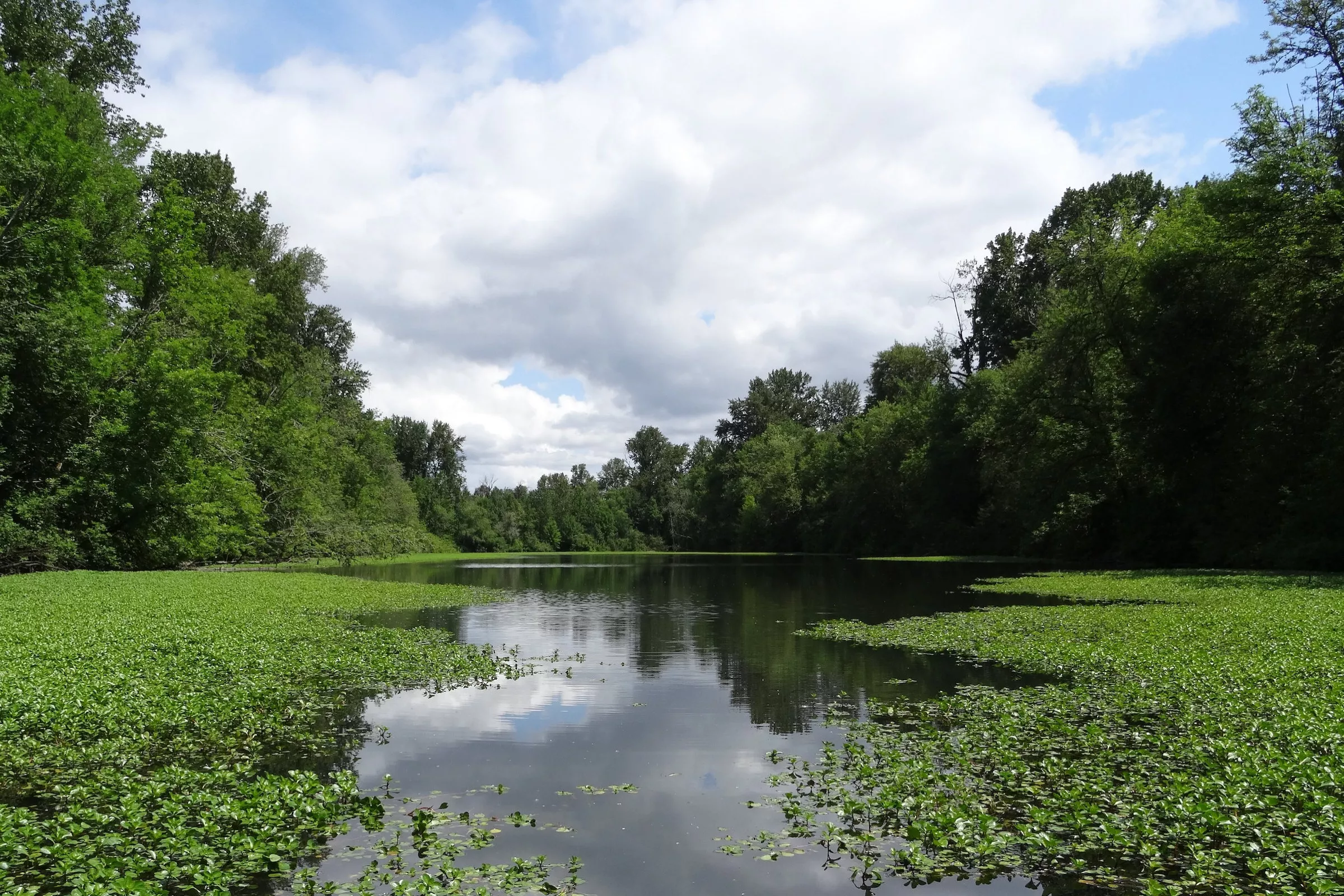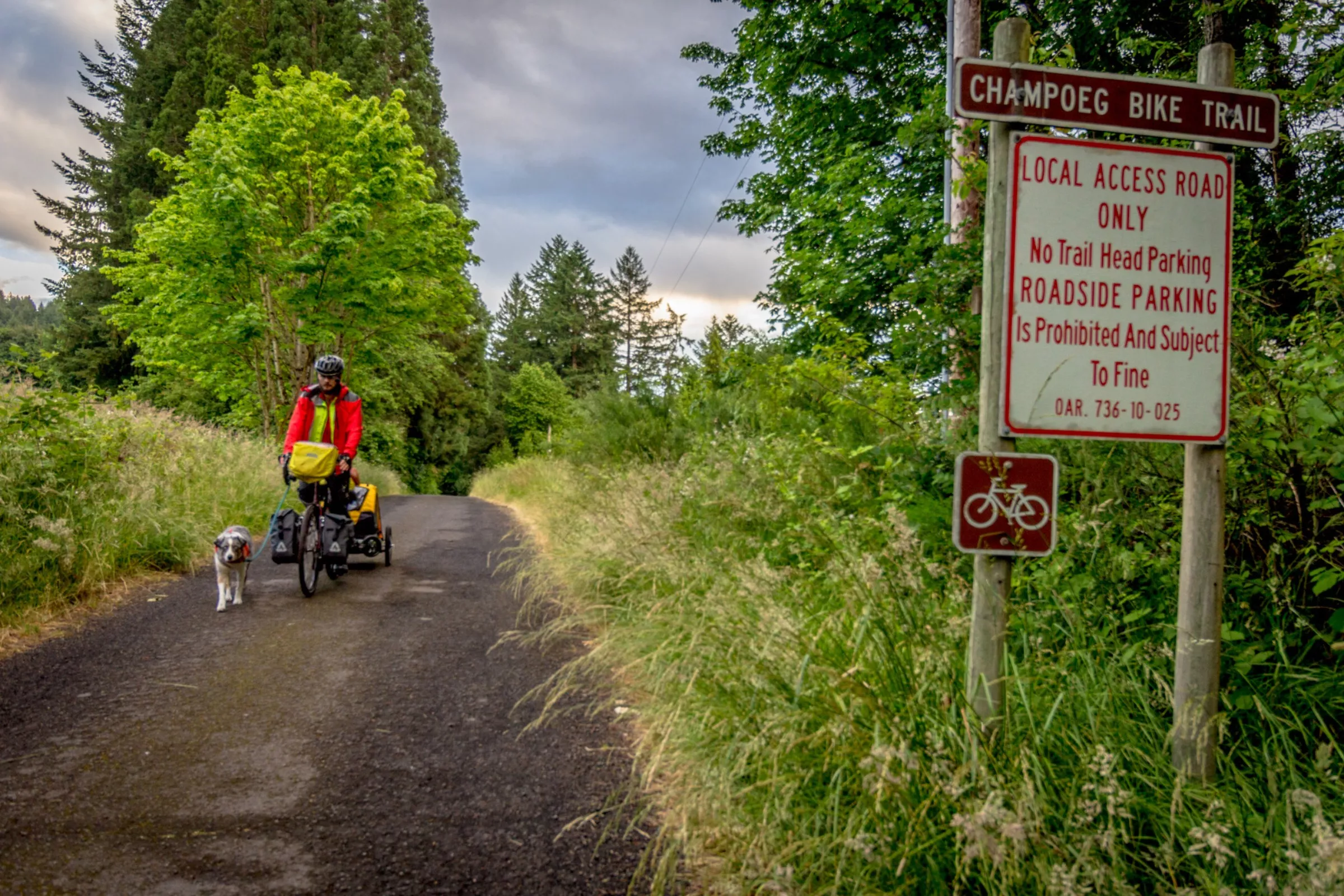Five Great Trails for Cycling with Kids in the Willamette Valley
The Willamette Valley is a cyclist's dream: across the region, byways and bike paths cut through acres of farmland, thick riparian forests, and even the bucolic banks of the Willamette River.
And even riders with little ones can join the fun, as several family-friendly valley trails cater to riders of all ages. Many paths pass through historic Oregon landmarks, modern-day attractions, and wetlands rich with waterfowl and other wildlife. We've rounded up five of our favorites to help make the most of your next outing with your family in tow.

But what makes the paths �family-friendly�? For starters, none of the following trails include unprotected bike lanes on roadways; in fact, these paths are separate from traffic altogether-and are accessible only to foot-powered forms of transportation. (That said, you may cross the occasional road-such as at Silver Falls State Park.) The trails are also pretty flat and mostly paved, and each ride is 10 miles or shorter.

Minto-Brown Island Park
With more than 1,200 acres of open meadows, riverfront views, marshland (pictured), and wooded areas, it's no surprise that Minto-Brown Island Park offers plenty of easy cycling opportunities suited to the whole family.
In all, more than 10 miles of paved paths crisscross the park (which, not for nothing, is larger than Central Park in New York City). The paths are mostly flat, well-marked for easy navigation, and cover the region's disparate landscapes-from thick forests to wide-open fields. Follow the pancake-flat 2.34-mile Red Osprey Loop, in particular, for Willamette River views.
Along the way, watch for blue herons, osprey, and other birds and wildlife that call the park home; several observation platforms offer a fun diversion if you need a brief break. (Note: Keep in mind that restrooms may be closed. Whenever possible, plan ahead as much as possible before visiting.)
Minto-Brown Island Park photo courtesy of Oregon Department of Transportation/Robin Marshburn
Willamette Mission State Park
In 1834, Reverend Jason Lee established the first European-American community in the Willamette Valley at present-day Willamette Mission State Park. A flood washed away the original Willamette Mission in 1861, and the park today delivers a quiet respite from city life.
The 1,330-acre park hosts five miles of bike paths, on both paved and well-maintained dirt trails, that showcase impressive natural beauty around every bend. The trails deliver Willamette River views, cut through old orchards and former farms, and pass through forests of ash and cottonwood. (In fact, the nation's largest black cottonwood tree grows near the shore of Mission Lake; it is nearly 275 years old and stands more than 150 feet tall.)
The park's riparian zone makes it a popular stop for blue herons, osprey, Canada geese, and other waterfowl-and deer, raccoons, and coyotes have been spotted throughout the park. The park also offers an 18-hole disc golf course in the midst of a hazelnut grove, multiple picnic areas, kayaking in Mission Lake, a volleyball court, horseshoe pit, and more.

Champoeg State Heritage Area
The Champoeg prairie has been the site of all kinds of human activity for centuries: The Kalapuya Indians once used the area for hunting and fishing, Oregon's first provisional government was established on the grounds in 1843, and it has also been home to steamboat landings and ferry crossings.
Today, Champoeg State Heritage Area is a popular state park, home to a historic store (currently closed), hiking trails, and a four-mile bicycle trail.
The paved bicycle path follows the banks of the Willamette River and cuts through a mixture of open meadows and lush forests; little ones might not love the short hills near the Historic Butteville Store at the eastern edge of the park, but the rest of the ride is mostly flat and suited to riders of all ages.
Keep in mind that the park is currently open 8 a.m. to 9 p.m. daily with reduced services; the visitor center, Historic Butteville Store, and park offices are closed, and garbage service may be reduced-but limited campground reservations are currently being accepted. Flush toilets should be open and available.
Silver Falls State Park
Believe it or not, there's more to Silver Falls State Park than its iconic waterfalls. If you're looking to socially distance at Silver Falls, consider a ride on the park's mostly paved, four-mile cycling loop.
The path leaves from the popular South Falls day-use area before arriving at a 1.6-mile loop around Winter Creek near the heart of the park. And while it doesn't offer any waterfall views, the trail passes a swimming area, meadows, and old-growth forest.
Keep in mind that the park is currently open, but the visitor center is closed-and the Nature Store is only open weekends (and with capacity limits). Some play areas around the park are open, as are some campsites (with advance reservations)-but keep in mind that garbage service will be reduced, so pack out trash whenever possible.
Ruth Bascom Riverbank Path System
In all, the Ruth Bascom Riverbank Path System stretches 12 miles, connects the cities of Eugene and Springfield, and offers a weekend's worth of fun along the banks of the Willamette River. Fortunately, families can break the path down into smaller segments for shorter trips suited to riders of all ages.
Four main trail sections comprise the system: the North Bank Path, South Bank Path, East Bank Path, and West Bank Path. Perhaps the most popular of the four sections is the North Bank Path, which passes through Alton Baker Park and follows the Willamette River through a verdant forest. Elsewhere, the South Bank Path cuts through Skinner Butte Park, play areas, the Owen Rose Garden, and other attractions. A total of five bike and pedestrian bridges offer easy opportunities for scenic loop rides of varying lengths.








